Few food practices draw more intense debate than whaling. In the case of grindadráp, the traditional Faroese form of whaling, this debate plays out almost every summer in bloody images in tabloid newspapers around the world and calls for the tourist industry to boycott the islands. But beyond the headlines, this is a complex, challenging issue that raises questions about what a truly local, sustainable food future could look like. In this TABLE blog, Tamsin Blaxter, researcher and writer at TABLE, explores some of the issues around the grind, both from the perspective of animal rights and conservation, and food traditions and local identity.
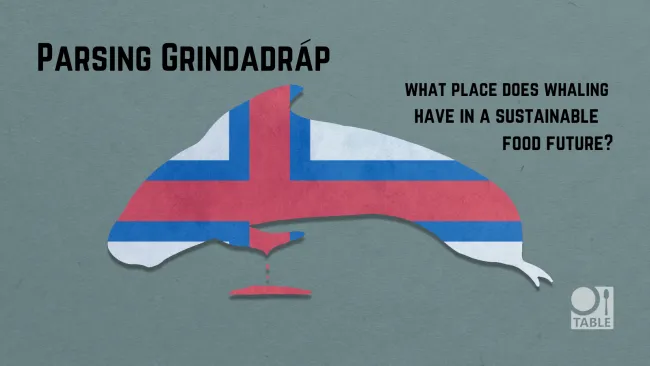
Search on Google for “Faroe Islands” or for “whaling” and you’ll find a repeating pattern. Every summer, tabloids around the world publish strikingly similar articles. The headlines talk of “massacre”, “barbaric slaughter”, “gruesome tradition”, “horrifying scenes”. We’re told again and again that “the sea turns bright red”. The protagonists are “hunters” or “laughing fishermen”. Photos and videos show bays of crimson seawater, lines of beached, bloody dolphins, pregnant animals with their sides opened, toddlers leaning against carcasses. The message is clear: this is the story of a primitive and cruel practice carried out in spite of international outrage, and we, the watching public, must raise our voices and try to stop it.
Grindadráp, the Faroese practice of whale- and dolphin-hunting1, raises strong emotions. For fifty years it has been condemned by animal rights and marine conservation groups. It is something of a historical outlier in the wider context of the hunting of marine mammals: where other countries’ catch exploded in the mid-20th century before dropping precipitously in the 1980s and 90s, grindadráp has remained consistent throughout. Official statistics state that 25,087 cetaceans have been killed since 1996—around 1000 per year. In a Faroese context, it is afforded great symbolic importance, defended as a deeply meaningful tradition and a central part of Faroese subsistence- and food-culture from time immemorial.
Reading news coverage paints a picture that pits scare-stories of barbarism against a simplistic counter-narrative that all criticism of traditional whaling is cultural imperialism. I wanted to gain a deeper understanding. Is this practice sustainable? Is it more or less cruel than other ways of getting meat—and should we think of whales and dolphins differently to other animals that we kill for food? What roles should history and taboo, cetacean science and national pride play in deciding who gets to continue traditions? Who has the power here, and whose voices are not being heard?
| The many meanings of grind The grind in grindadráp refers to a pod of pilot whales—grindadráp literally means ‘pod slaughter’. However, grind is loaded with meanings, both literal and associative. Where ‘a grind’ is a pod of pilot whales, ‘the grind’ is the hunt itself: to ‘go to the grind’ is to put down your everyday activities and go down to the bay when a pod has been spotted. ‘Grind’ (or ‘tvøst’) is also the meat of pilot whales when eaten as food, whilst the blubber is ‘spik’. |
How to hunt whales on the Faroe Islands
The practice of grindadráp differs from other forms of indigenous and industrial whaling2. Whales are not pursued at sea and killed individually with harpoons: it is the pod as a whole which is hunted. In the traditional hunt, the pod was typically sighted from land and herded up a fjord by dropping lines from boats at strategic points—a process that could take days. When it was close enough, a single individual was speared—not to kill it, but to drive it to beach itself. The others will never abandon a wounded member of their group, and so could then also be forced to beach themselves. In the modern version of the hunt, motorboats and even jet-skis are used, making the process faster and far surer. When most are stranded, they are killed by hand with blades. Meat and blubber are not sold for profit but shared among hunters, onlookers and the local community according to a legally-determined formula.
There is archaeological evidence for whale-meat being eaten dating back to the first Nordic settlement in the Faroes3, and mention of whale-hunting in the first surviving Faroese legal document4. Foreigners and Faroese alike like to connect grindadráp to ‘viking’ ferocity or practicality, and describe it as being “a thousand years old” or older. However, clear record of this style of hunting—hunting grindir (pods), not individual whales—dates from the late 16th century, when it seems to have been a way to survive the long economic decline caused by political and economic shifts in the wider world, the Little Ice Age, the Black Death and piracy5. Certainly whale meat (particularly blubber) was crucial to survival in the Faroes throughout the Early Modern period: a source of nutrition that, though unpredictable, was uncorrelated with bad harvests, bad fishing seasons, bad economic weather.
That’s the history—but this practice is a living one. Early in the 21st century a new weapon, the spinal lance (mønustingari), was designed to minimise suffering by making the slaughter quicker6. Grind law around the division of meat has been evolving for centuries, continuing to develop in the last half-century in response to changing demographics. In spite of warnings that levels of heavy metals in whale and dolphin meat are now so high that they are not safe for human consumption7, preserving, preparing and eating these foods remains an everyday part of Faroese life (the government’s compromise is to advise that children and pregnant women should not eat them8). They are seen as part of the heritage of the islands—and served to tourists in the best restaurants.

The conflict
I have to be honest—my instinctive view before beginning to research this piece was that this practice was indefensibly cruel and unlikely to be sustainable in ocean ecosystems under assault from every side. Long-finned pilot whales are highly social, maintaining associations that last years9. Their hunting behaviour involves bonded pairs who nearly always undertake synchronised dives together10, maintaining contact through touch in the dark11. In addition to echolocation, their calls—among the most complex mammal calls known, with rhythm, repetition, and over 120 different identified types12—seem to have a role in social cohesion, maintaining their relationship with their family group13. Although the use of mønustingarar ideally means that the whale dies within seconds of being struck14 (which is contested. 15 ), this is the end of the long, fearful experience of the drive, being dragged ashore at last by a blowhole hook (sóknarongul), beginning to suffocate under their own weight, seeing family members slaughtered. Nor have all technological changes served to make this more humane: whales are now often injured by propellors long before they are killed. I find it difficult to look past this picture.
The Sea Shepherd Conservation Society (SSCS), founded as a radical splinter group from Greenpeace, has led the charge against Faroese whaling since 1983 (with a long lull from the mid-1980s to 2000). They are not known for their diplomatic rhetoric. In 2015, the founder of SSCS, Paul Watson, wrote of Faroese people:
“The truth is that some of them simply like to kill. They enjoy it. They need to see the blood spurting into the water. They need to smell and wallow in the blood and the sh*t of the dying animals. They need to hear their pitiful screams because these are the needs of sadistic psychopaths.16
This kind of discourse has not led to good relations between SSCS and the Faroese authorities, and I assumed that it had done more harm than good by hardening views among whalers. However, when I spoke with Rob Read, COO of Sea Shepherd UK—the branch which took over the campaign against grindadráp in 2016—he pushed back. “Sea Shepherd UK is running the campaign and we never make such comments,” Read told me. The images that they publish make the point clearly enough for them, and he now regards SSCS’s role as “journalistic”. For a long time, SSCS’s primary tactic was to disrupt the grind by heading pods away from the Faroese coast before they could be hunted, but after their 2015 campaign the Faroese government banned SSCS boats from Faroese waters. Since then, they have concentrated on recording what is happening and sharing it with the world.
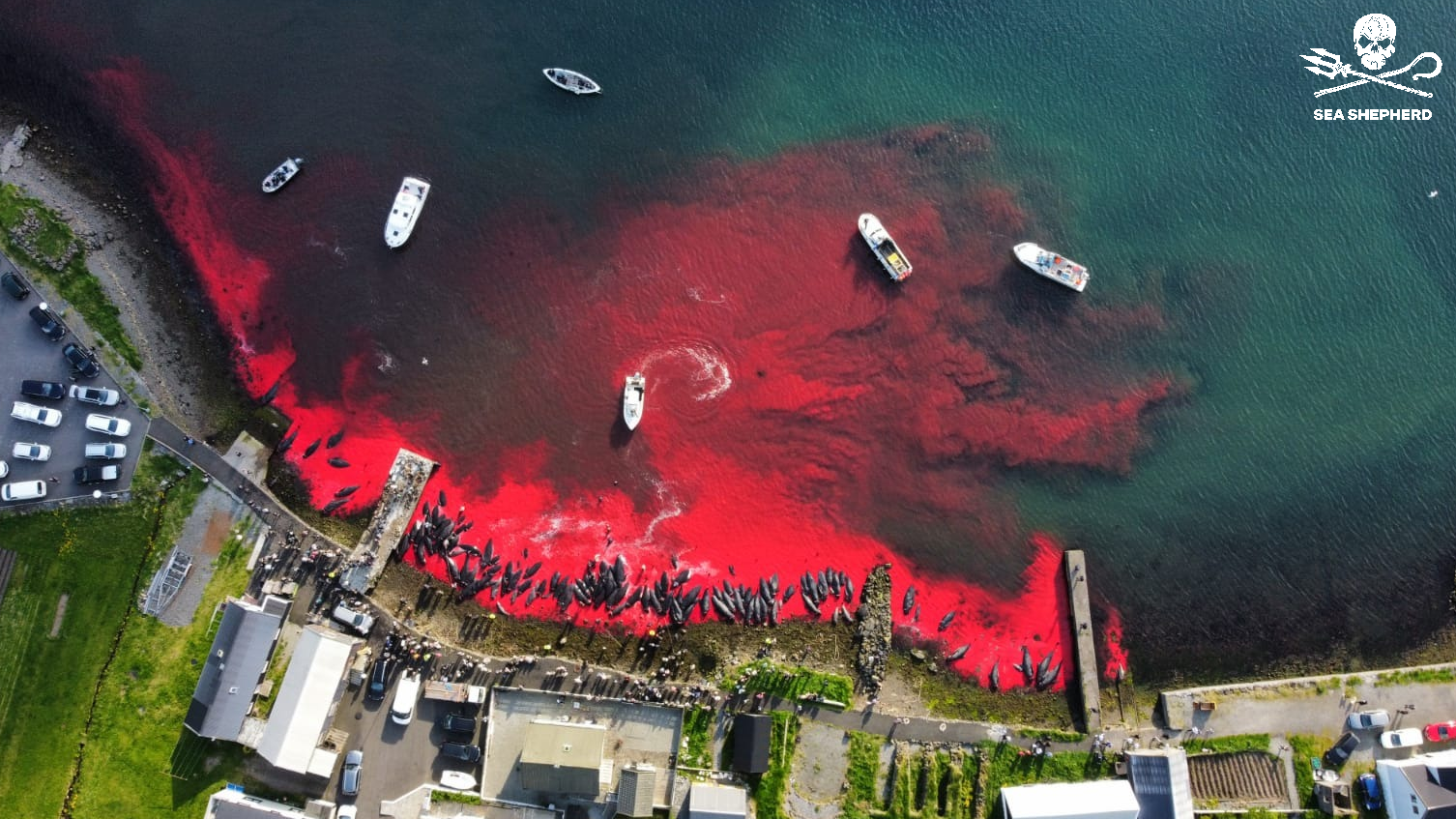
A photograph from Sea Shepherd's 2021 campaign. Copyright Sea Shepherd UK.
In Read’s view, this tactic is having an effect:
“If we weren't there actually documenting the hunts, then there wouldn't really be any movement for change. [...] There’s been years where we haven’t even said that we’ve been there and nothing changed. The hunts continued.
Now views are gradually shifting, with young people less comfortable with the practice and less likely to eat the meat. The organisation’s goal is to develop enough support on the islands that they can hand the campaign over to a local chapter, putting an end to the awkward reality of a foreign group trying to impose foreign cultural norms.
I also spoke to Ragnheiður Bogadóttir, a Faroese academic who has written about the grind in the context of sustainability. I expected her to denounce SSCS’s campaign as a (post-)colonial imposition—but also to say that it was ineffective, since the incendiary language in newspapers around the world stoked local nationalism. On the point about post-colonialism she obliged, but she was more ambivalent than I expected about the strategy’s effectiveness. Although she stressed that conversations about animal ethics should take place within the community, she acknowledged Read's point:
“without such criticism, the internal discussions wouldn’t have taken place to the same degree that they have in Faroese society. So from that point of view, I think the critical eyes actually benefit.
You get the impression from newspaper reports and from SSCS’s statements that there are no such “internal discussions” of the ethics of whaling on the Faroes—that it is so taboo to oppose this practice that none do so openly. But both Bogadóttir and Read described a more complex picture than this. Bogadóttir began our conversation by telling me the story of visiting Denmark as a child with her parents and being addressed derogatorily in public for being “whale killers”. This kind of experience is polarising. A sense that the world is against them makes it feel critical for Faroese people to defend their tradition. But at the same time, it drives constant conversations about the proper way to carry it out.
“When someone does something that goes against this narrative that we have created, when someone suddenly makes an ugly kill, people in the Faroes are very angry because they say, oh, look what you did. The whole world is going to turn against us now. You have ruined this. You are ruining our old tradition because you're not doing it in this way that we say we are doing it.
Many people on the Faroes keep their own sheep, and there are traditions about how slaughter should happen (don’t let animals see or hear others being slaughtered; there is alcohol on killing days, but no-one should drink before the slaughter). These are enforced socially—if you don’t follow them, people talk. Whaling is different in that it is big, happens on a public stage, and so when things go wrong, the condemnation is on a corresponding larger scale.
On the other hand, working in the generally outward-facing, globalised world of academia, Bogadóttir feels that she and her co-author Elisabeth Olsen are “the odd ones out”. Most of her colleagues are uncomfortable with whaling—motivated as much by feminism as animal ethics, since this is a decidedly male practice. Both Read and Bogadóttir tell me that the biggest groups of grind enthusiasts are young men (you can take part once you turn 18) and the old timers who keep the tradition going, and clearly the grind is a big part of how Faroese masculinity is expressed. Women are expected to observe but not take part in the hunting and killing itself. Bogadóttir wryly points out that is that there is a certain privilege in eating meat while being excused from causing suffering and death with your own hands.
Much of the conversation around grindadráp focuses not on arguments for and against, but on who should get a say. How close do you have to be to a place¬—to a community—to have a right to express your moral outrage? To try to modify others’ behaviour? Faroe Islanders point out that other non-commercial, indigenous whaling traditions around the world are often placed outside the scope of criticism. They accuse those attacking the grind of hypocrisy, since they come from countries which practice factory farming for meat (more environmentally damaging through its contributions to deforestation, methane emissions and eutrophication; cruel in its own ways and on a far, far larger scale). Activists counter that the Faroes is a wealthy country (with a higher GDP per capita than Scotland, as Read points out to me), and very much part of the globalised food system since they catch more than 12 tonnes of fish per head per year and export most of it. The reality is that Faroe Islanders too consume a lot of imported factory farmed meat, so this isn’t an either-or. What, the activists ask, makes them beyond criticism?
Bogadóttir and Olsen offer an argument in favour of whaling which takes the conversation in a different direction. In the context of looming biodiversity and climate crises, the global food system must transform to become more sustainable—while also achieving food security for those who have never had it and maintaining it for the rest. Our current food system leaves us dislocated and alienated from our food. Fewer of us than at any time in history are involved in food production, we eat foods created by industrial transformation of ingredients grown hundreds or thousands of kilometres away. Our foods lose their meanings and their harms (to the environment, to animals) are hidden. Critics of grindadráp acknowledge that whaling was once a necessary evil to survive on these islands and see the imported food of globalisation as the antidote that renders this unnecessary. Bogadóttir and Olsen reverse this, seeing grindadráp as a counter to the impersonal and destructive forces of modernity: food production which is local, sustainable, communal, outside the commercial sphere.
| Is pilot whale safe to eat? Toxic chemicals tend to accrue in the bodies of animals higher up the food-chain, and marine predators like pilot whales and white-sided dolphins are no exception. Mercury and organochlorines including PCB and DDT have been detected in high levels in grind and spik since the 1980s, and since this period deficits in attention, language, verbal memory, motor speed, visuospatial function and heart function have been detected in children whose mothers consumed pilot whale during pregnancy—deficits that last into adulthood. Adult consumption is also associated with Parkinson’s Disease and diabetes.17 After progressively strengthening dietary advice, Pál Weihe, head of the Faroes’ Department of Occupational Medicine and Public Health, judged in 2012 that grind and spik were no longer fit for human consumption. Government advice remains that children and pregnant or breastfeeding women should abstain entirely, and other adults should limit their consumption to once per month.18 |
Enough whales are taken per year to provide around 3.3kg of meat and 3.6kg of blubber per person, given the Faroes’ population19—a meaningful but modest contribution20. Sea Shepherd states that if Faroe Islanders follow government recommendations21 this is around 3x the amount that can be consumed22, and studies suggest that most people do follow this advice.23 Read describes the rest sitting in freezers before eventually being thrown away. But the point isn’t really the other sources of food which whaling currently replaces, but rather the model it provides for how to relate to food. Bogadóttir describes
“the extraordinarity of it, the fact that if you want to go to the grind, you have to leave work, you have to go when the grind is there. You have to put aside everything that modern society tells you to do and go out with the rest of your community to get these whales, and I think those kind of activities that connect people—and in this case, it's men—it's something that's missing in modern society to a large degree. And I think it's deeply meaningful to a lot of people.
These extraordinary moments are a rehearsed memory of a different way of doing food. It's not the only example of food production that happens outside the formal economy in the Faroes—keeping sheep and preserving mutton, catching seabirds and collecting their eggs, these too are all important traditions. But where seabird numbers—particularly guillemot numbers—have plummeted, suggesting that this practice is not sustainable, grind catch numbers have been relatively steady for centuries, and most organisations agree that pilot whale populations are large enough to sustain them.24
When I put this frame to him, Rob Read of SSCS politely—but firmly—disagrees. With a method of hunting that takes entire pods at a time, there is no space to finesse the catch to promote sustainability—no mechanism to avoid taking calves and pregnant females, for example. The data on long-finned pilot whale populations is old, and there has never been a dedicated sustainability study. The same is true of white-sided dolphins, the other main species hunted in the Faroes, except that there the estimated population is a tenth the size of the pilot whale population25 and the catch records are less complete. Cetacean populations are under many other stresses, as the levels of heavy metal poisoning attest. Read suggests that technological improvements which have allowed pods to be spotted further and further out and caught with greater and greater inevitability would mask any decline until a final, dramatic crash, as happened with cod fisheries in the early 1990s26: in other words, a steady catch should be a cause for alarm.27
You might or might not find this argument convincing. The truth is, I don’t think the question of whether this particular form of hunting of this particular population is sustainable is really at the heart of the objection to grindadráp—either in Sea Shepherd’s campaign or my own, instinctive discomfort. On the question of sustainability, one comment that Read made struck me in particular.
“It’s kind of irrelevant. Is it sustainable? As I previously said, should you be killing three times as many animals as you actually require?
At the centre of the objection is a visceral reaction to killing dolphins or whales.
What makes animal suffering and death acceptable to most of us when those animals are pigs or chickens taken from intensive farms to commercial slaughterhouses, but unacceptable when they are wild dolphins on open beaches? Perhaps it’s a matter of degree of intelligence—or even sentience, though both are nigh impossible to define. But if this were the case, shouldn’t we have a much bigger problem with killing pigs than chickens and baulk at eating octopus? It’s clear that a part of the difference is just that we have a taboo about killing whales and dolphins that is both arbitrary and historically contingent, the product of campaigns against industrial whaling which decimated whale populations in the 20th century. I suspect that another part comes down to a faith in modernity and bureaucracy. Death in slaughterhouses is a regulated affair: the ethical decisions about what is an acceptable way to kill have been centralised, outsourced to experts, the killing is done by professionals in seemly privacy. In grindadráp the tools are wielded by amateurs, the animals see each other killed, have to swim in each other’s blood in the minutes or hours before death, are killed indiscriminately, regardless of age, sex, pregnancy. All killing is awful—but this is also unruly.
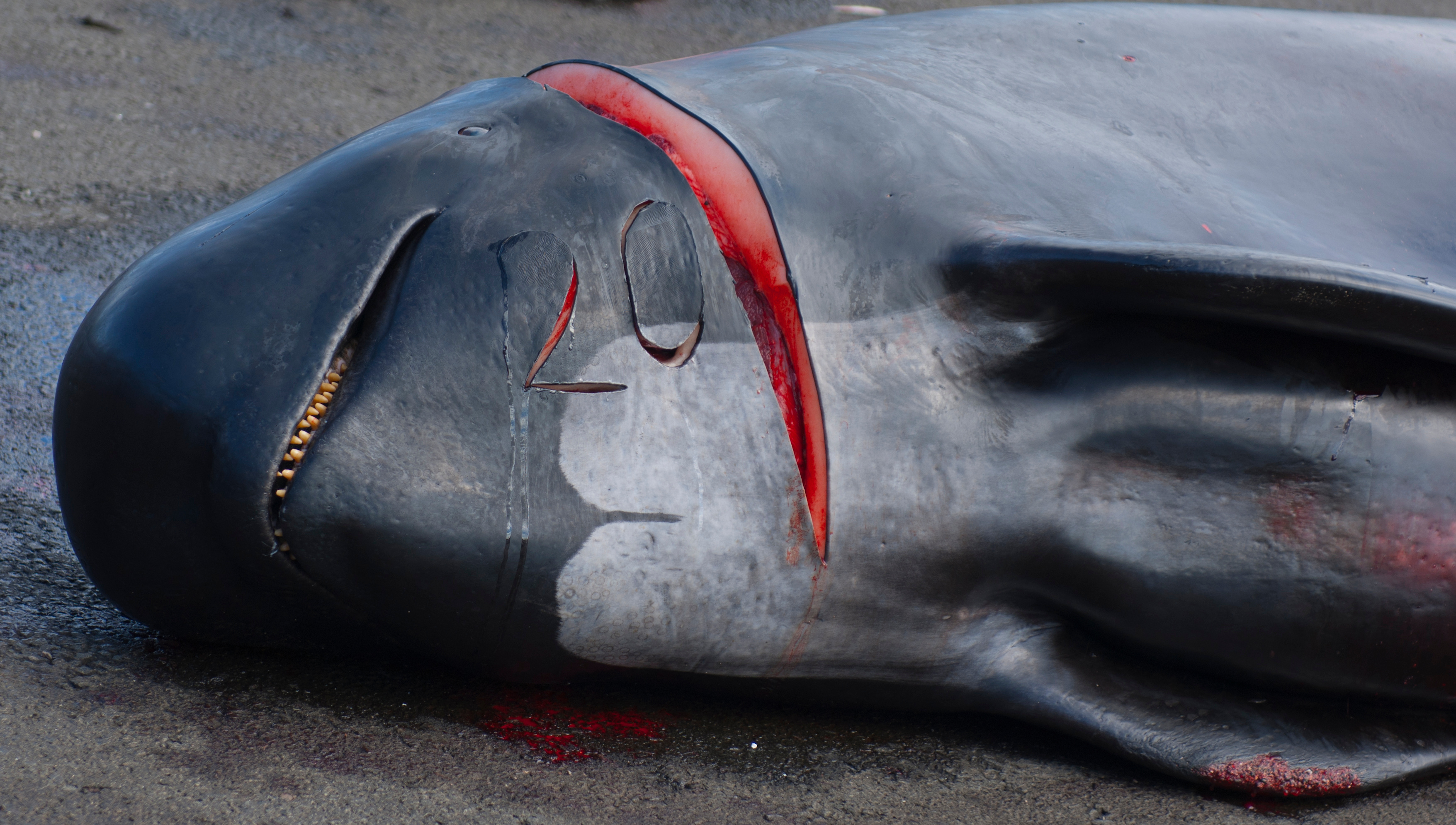
Placing grindadráp in a larger context
At the end of this piece, the main thing that has changed in my own understanding of whaling is that I can better situate it in the wider universe of human-caused animal suffering. Would I personally eat tvøst og spik? No, but for the same reason that I don’t eat other animal-sourced foods, rather than because I feel it is a special case. There are moral outrages in the way this killing takes place, but those outrages also exist in abattoirs around the world on a much, much greater scale. In both cases the ethics of humane killing are scrutinised and contested, but they are also constrained by the circumstances of slaughter. Though grindadráp does present a pressure on cetacean populations, ghost nets and bycatch present much bigger threats to biodiversity (with estimated rates of small cetacean bycatch ranging from hundreds to hundreds of thousands28). The impacts of heavy metal poisoning on humans is well understood, but the impacts on wildlife are extremely difficult to study.29 Longstanding evidence shows levels of toxic chemicals in pilot whale and white-sided dolphin tissues that far exceed safe limits in humans. A conservative position would be to assume that these, too, represent a bigger concern than hunting.
“Is this sustainable?” and “Is this level of cruelty ethical?” are always complicated questions to ask. But they are just small components of larger and more intractable questions about the future of food production, our relationships with the natural world and what we eat. Our food practices are carried out within hugely complex systems and continue to carry cultural meaning. To achieve a just and sustainable food system will take radical restructuring. Even if you believe that new technologies will solve our environmental problems, that vision of the future still entails a recasting of who produces food for whom, who holds the power to decide what and how we eat, and what impacts on ecosystems and other animals are acceptable. If you are less optimistic about such machinae ex deo, the transformations needed are even more thoroughgoing. What’s more, different landscapes and latitudes may call for divergent answers. If we’re going have to find different ways to relate to food, we should take a close interest wherever different ways are already found. This implies seriously exploring the meaning and impacts of grindadráp and other traditional subsistence practices, asking what they tell us about possible relationships between food and society. This might make us very uncomfortable—but such discomfort may be a sign that there is something here for us to learn.


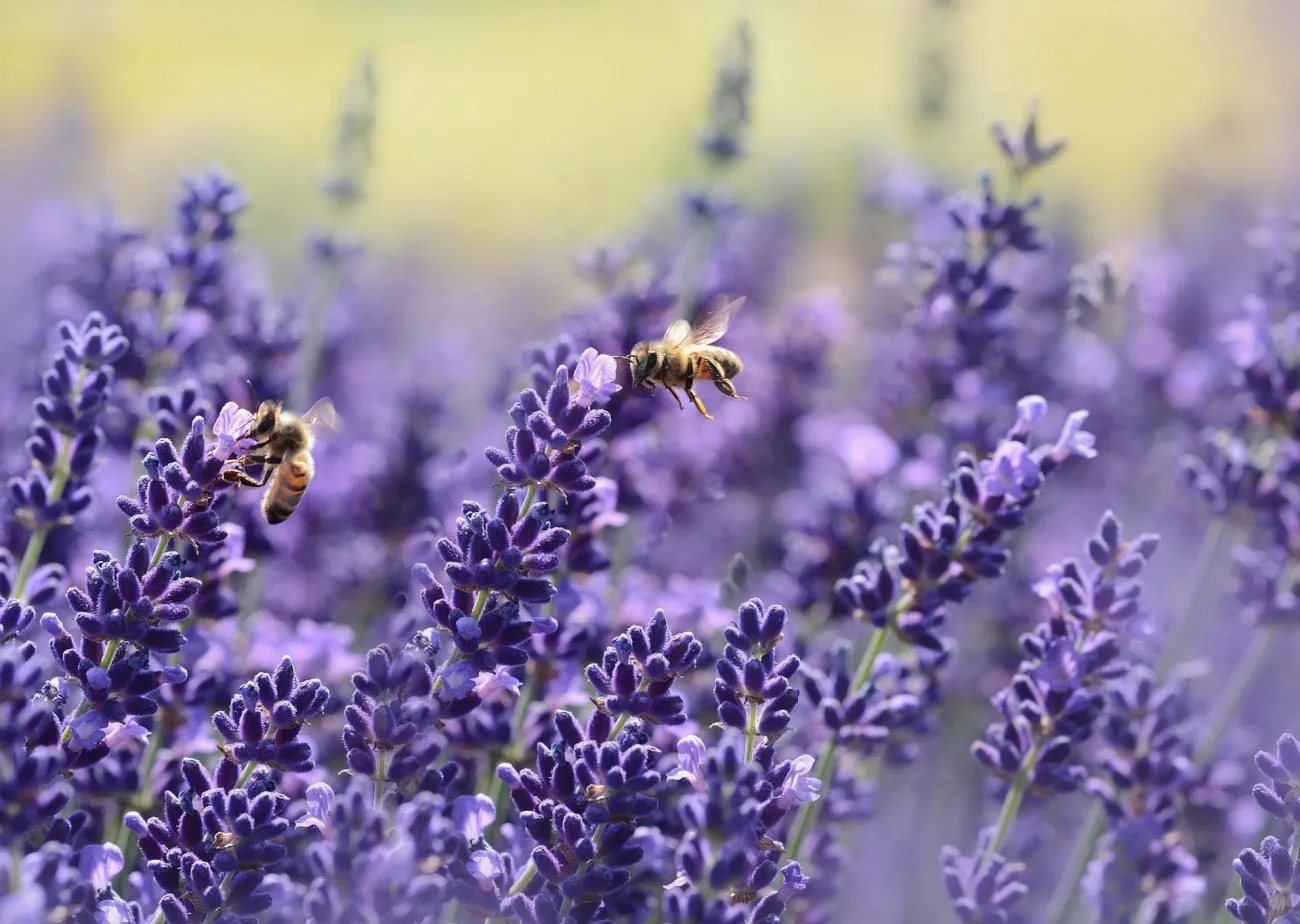
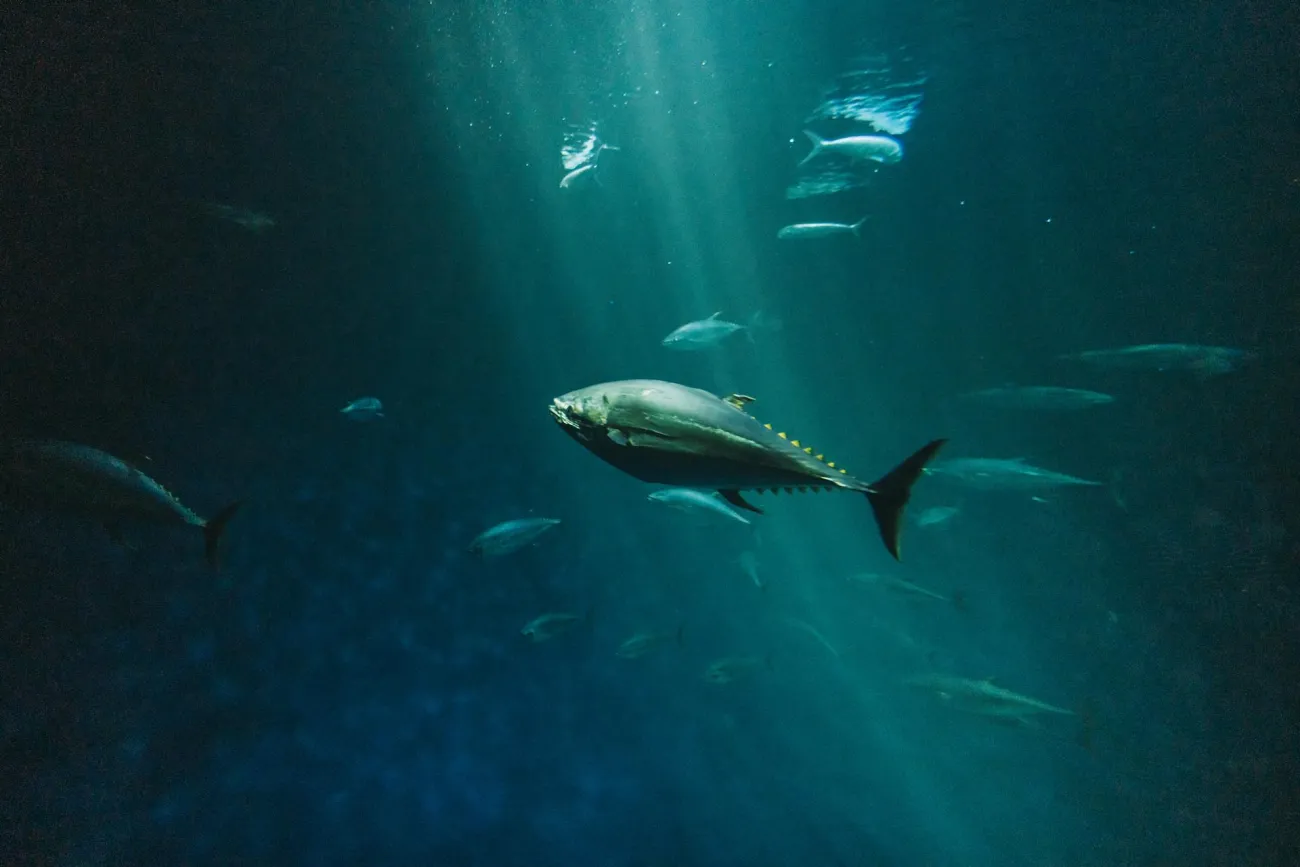
Comments (0)